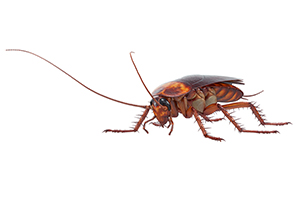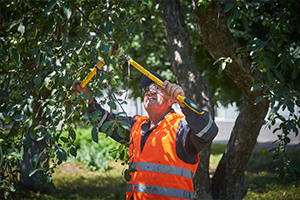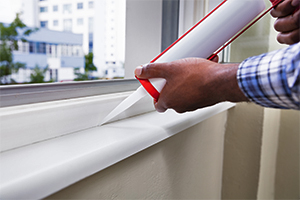Contact Us About Pest Control
Fill out the form and receive feedback in less than 5 minutes.
For immediate service please call 855-220-7105.

When cockroaches are found on campus, both students and staff are negatively affected. Though many people put up with them, no one is happy about attending a school that has cockroaches or working in an institution where these insects are allowed to roam free. Unfortunately, frustrated students and staff are the least of the problems a school administration has to deal with when cockroaches continue to appear on campus.
Let's be honest, young people can be messy. They leave pizza boxes lying on the floor, leave glasses of sweet liquids and half-filled beverages on coffee tables. They throw dirty clothes in a pile on the floor instead of placing laundry items in a container. While this is not the case for all students, it is certainly common among many, and it creates conditions that are conducive to cockroach reproduction. Not only are cockroaches drawn to foods and liquids that are left out, but cluttered rooms provide many places for roaches to explore and hide.
Staff can also create conditions that attract cockroaches and inspire cockroach activity. When a maintenance employee fails to address a trash can that has a small hole in the bottom, it can create a dark location where decomposing organic matter provides the perfect environment for cockroaches to live and reproduce. When commissary staff improperly bag trash and place it in a dirty dumpster that is not emptied in a timely manner, it creates the conditions for cockroaches to reproduce at an alarming rate. When groundskeepers fail to address areas of moisture in landscaping around campus, cockroaches will thrive.
There are many ways higher education facilities promote cockroach infestations. The key to managing cockroaches is the education of students and staff. The more everyone knows about the conditions that attract cockroaches and promote reproduction, the harder it will be for cockroaches to flourish.
Cockroaches are more than just unappealing to look at. These insects have been reported to spread 6 kinds of parasitic worm, more than 7 human pathogens, and at least 33 kinds of harmful bacteria including salmonella, staphylococcus, streptococcus and E. coli. They do this by transporting microbes on their bodies from dumpsters, sewers, and other dirty locations to counters, food-prep surfaces, dishes, stored foods, and more. Their ability to spread bacteria is only hindered by their exposure to parasites, pathogens, and harmful bacteria and the level of access they have to sensitive areas on campus.
In 3rd-world countries, cockroaches have been found to be extraordinary mechanical vectors for illness. This is due, in large part, to the accessibility of trash and sewage. While their impact is far less here in the United States, where sanitation levels are much higher, their propensity for dwelling in dirty places and feeding on rotting items makes them a health threat on campuses. When students or staff get sick because of cockroaches, the repercussions can be significant. This can lead to low attendance, increased employee absenteeism, reduced morale, low productivity, a decrease in student retention, and a negative impact on visiting students who are considering attending.
There is also an economic hardship that comes with cockroach infestations. School administrations can spend a lot of money trying to eliminate cockroach problems with minimal results. These insects are resourceful and resilient pests that are hard to control without experience and training in modern pest control products and strategies. Maintenance staff and groundskeepers are often unequipped to deal with the complexities of cockroach infestations. This leads to ongoing frustration for staff and students
Cockroach management on campuses is a mixture of sanitation, moisture control, and exclusion. Together, these work to reduce cockroach populations and prevent access to interiors.

Sanitation

Moisture Control

Exclusion
When school administrations seek assistance with pest management, environmental stewardship is high on their priority list. American Pest delivers. We use modern Integrated Pest Management, which puts an emphasis on cultural, biological, and structural strategies to naturally deter and resist pest pressures. Our dedication to this methodology of pest management has helped us earn the QualityPro Seal of Excellence from the National Pest Management Association, one of the most reliable marks of quality in the industry.
When you choose American Pest, you'll get professionalism from beginning to end. Our team is made up of some of the most qualified pest control professionals in the industry. We employ board-certified entomologists and highly trained pest control technicians who have the credentials required to ensure the highest level of pest management for your facilities.
Businesses seek us out because we are a LEED Proven Provider. Our team uses pest biology, structural modifications, sanitation strategies, cultural education, environmental observations, and other green methods to solve problems and earn businesses credits toward LEED certification.
If you manage a higher education facility, reach out to us today and request a consultation. We'd love the opportunity to discuss your unique pest challenges and to guide you in the process of designing a program that will protect your campus from the harmful impact of cockroach infestations. We service D.C., Maryland, and Northern Virginia.
Fill out the form and receive feedback in less than 5 minutes.
For immediate service please call 855-220-7105.